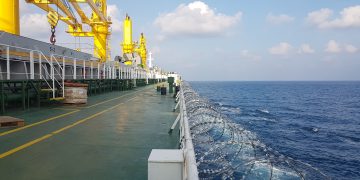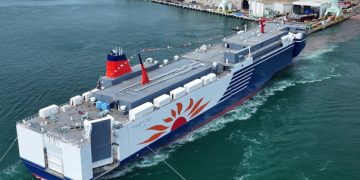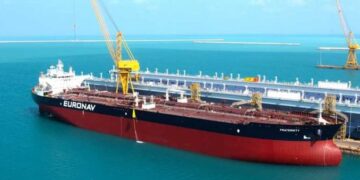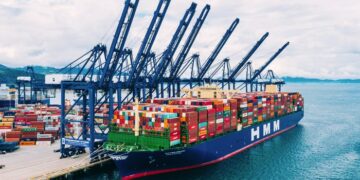Analysis by Drewry Maritime Research

According to Drewry, ports on the US west coast are currently suffering from chronic congestion. Are there deeper issues affecting their performance?
Drewry’s new report Container Terminal Capacity and Performance Benchmarks compares capacity and performance benchmarks for 500 terminals worldwide that help to explain some of the underlying factors hindering ports in North America.
The well documented severe congestion currently affecting US west coast ports is a consequence of a “perfect storm” of factors working together, as shown in the above figure.
The situation has now deteriorated to the point of mud-slinging between the employers (PMA) and the union (ILWU). Major carriers have had enough and are imposing congestion surcharges of up to $1,000 per feu for cargo moving through US west coast ports.
The troubles have prompted cargo owners and forwarders to write to President Obama suggesting that “a full shutdown of every west coast port may be imminent“, seeking federal mediation and if necessary the invoking of the Taft-Hartley Act in the event of a total closure. The Act would force labour back to work and was last used in the ports by President George W. Bush in 2002 after a 10 day shutdown.
The stakes are high. The US west coast lockout 12 years ago cost the US economy an estimated $1 billion a day and it took six months for the ports to clear the backlog. A recent study commissioned by the National Association of Manufacturers and the National Retail Federation estimated the potential cost to the US economy of a west coast port shutdown has more than doubled since 2002 to as much as $2.5 billion per day if it were to last 20 days.
Source and Imaeg Credit: Drewry





























































